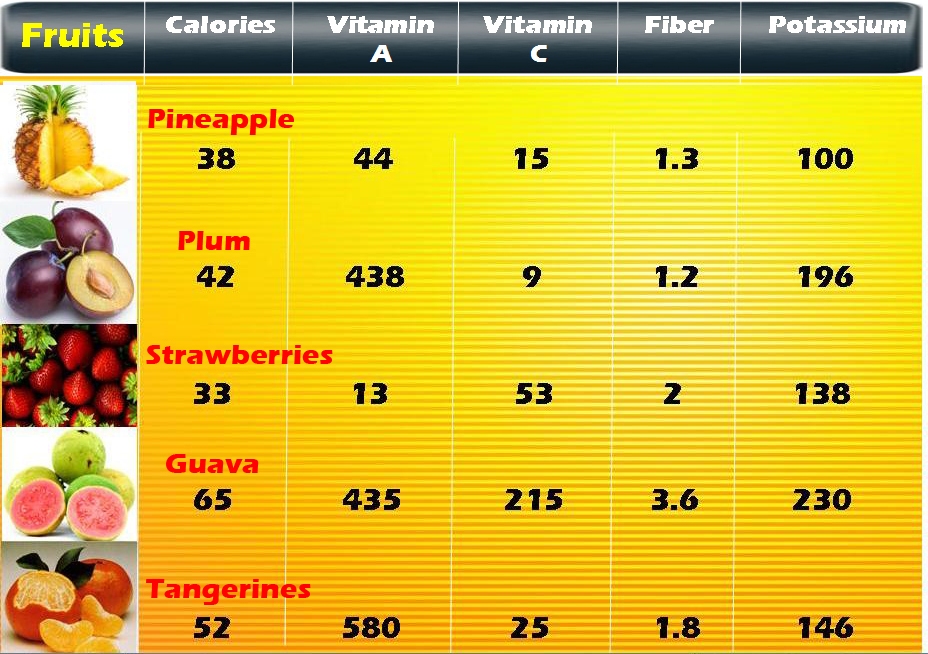

Pre-treatment refers to a range of processes done prior to dehydrating that help to retain colour and flavour, improve rehydration time and texture, and increase shelf life. Pulpy fruits, such as mango are especially hard to slice in uniform pieces, (do the best you can), and melons are basically just water, so it's best to cut them to 10-15 mm. There are some fruits that just break the standard cutting rules. Any thicker than this and the food may not dry evenly.


To get the best result be sure to slice your fruit between 5mm and 10mm in thickness. A mandolin is a handy tool when preparing large quantities for drying and will allow you to slice in uniform thickness. With a simple pre-treatment described below, you can take several hours off the dehydrating time and keep the small fruits whole.įor larger fruits, it is important to cut everything into evenly sized pieces. Small fruit, with a high-water content (such as blueberries and grapes) that are too fiddly to cut, actually dehydrate faster when their skins are cracked. The best part about dehydrating small fruit, such as berries, is the minimal preparation needed to get them ready. See the chart at the bottom of this post for a guide to specific fruits. Depending on their size, shape and water content, you will have to cut the fruits in different ways to properly dehydrate them. Not all fruits can be cut or prepared in the same way, however. One of the keys to even drying is to ensure that your fruit is cut to a consistent thickness. If you do want to remove skins continue reading as we cover this in pre-treatment options below. figs, grapes and prunes or from non-organic produce to lessen your exposure to pesticides. You might choose to remove the skins on fruits that have a natural protective wax coating e.g. The skins on these granny smith apple and cinnamon chips look pretty and make them deliciously chewy. Skins and peel effect the taste, texture and appearance – but the decision to remove or leave it on comes down to personal preference. Cut away any blemishes and remove the core, pips and stones. Dry the fruit with a clean cloth or paper towel. Wash the fruit to remove debris, dust or insects from the skin, this is especially important if you’re planning to leave the skin on. For the tastiest dried goodies, choose fruits that are good quality, ripe and full of flavour. Many fruits require little or no special pre-treatment whatsoever so you can enjoy dried fruit for snacking or long term storage in no time at all.ĭehydrating fruit is best done at the peak of the season when all your favourite fruits are in abundance and the cheapest. Pre-treatment guide for dehydrating fruit.įruit is one of the easiest things to begin dehydrating in the Luvele Breeze.


 0 kommentar(er)
0 kommentar(er)
